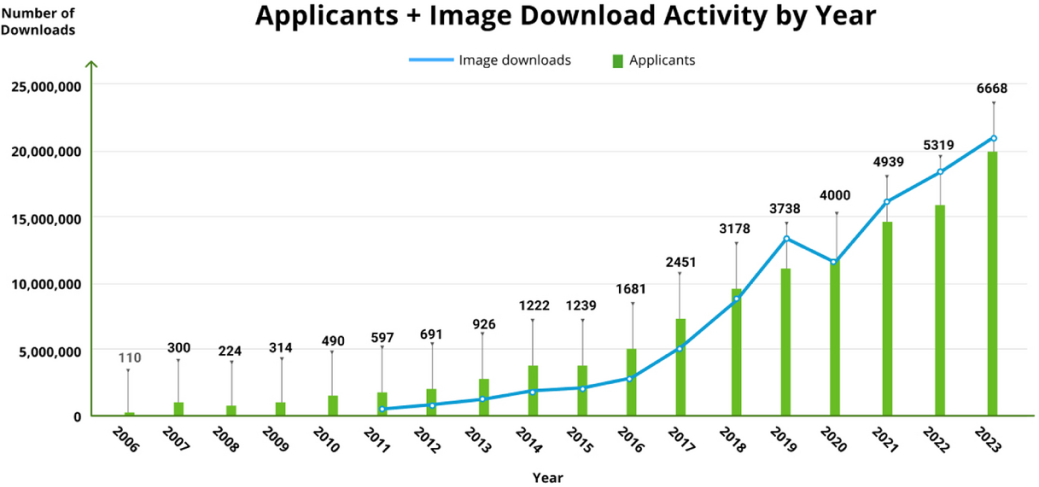Informatics
ADNI comprises 11 cores, 60+ clinical acquisition sites, and several analysis sites that feed data into the Informatics Core. Data flow through various information systems, institutions, and individuals before being centralized at the informatics repository at LONI. This repository is a centralized and comprehensive informatics hub for well‐described, searchable, and multimodal data, and it provides authenticated researchers access to that data. Access has been granted to over 26,000 active investigators from 169 countries and has supported more than 405 million downloads of imaging, clinical, biomarker, and genetic data. The ADNI Informatics Core provides a user‐friendly web environment for all information regarding the ADNI project, including the protocols, the overall design and phases of ADNI, data access request forms, a Data Use Agreement (DUA), ADNI publications lists, analyses methods, and links to all manuscripts that have used ADNI data.







